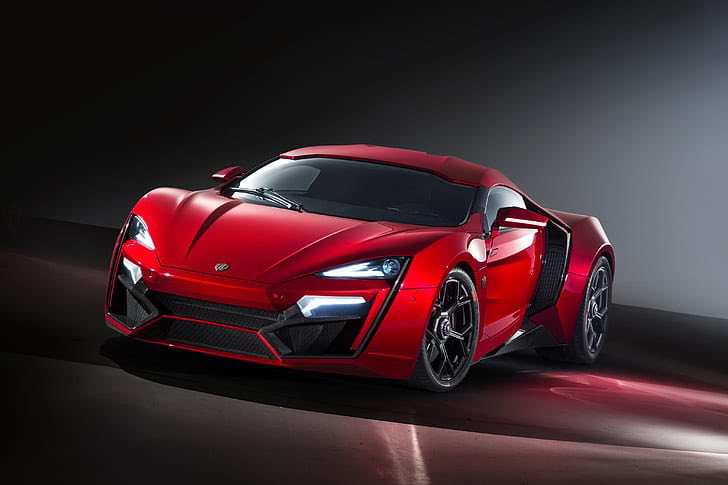It is no coincidence that the current corporate head office of W Motors is located in Dubai. With all the glitz and glamour, the Middle Eastern city provides the perfect backdrop for the carmaker’s extreme automobile creation—the Lykan Hypersport.
The car’s name, inspired by ancient Greek mythology, was derived from ‘lycanthrope,’ meaning wolf-man. According to W Motors, this hints at the Lykan Hypersport’s nature to transform into a ferocious animal, ‘unleashing the beast within.’
The Lykan Hypersport, in its pre-production form, had its first public outing at the 2013 Qatar Motor Show. This was only a year after W Motors was founded in Lebanon by Automotive entrepreneur Ralph Debbas. The Lykan was touted as the Arab World’s first supercar, and understandably, there was a lot of buzz around its reveal.
However, the car has morphed into something of an enigma today, with some people even dismissing the Lykan as nothing but vaporware—or worse still, an elaborate scam. Whichever side you land on, the case of the Lykan Hypersport does make for an intriguing read.
There was Nothing Subtle about the Lykan Hypersport
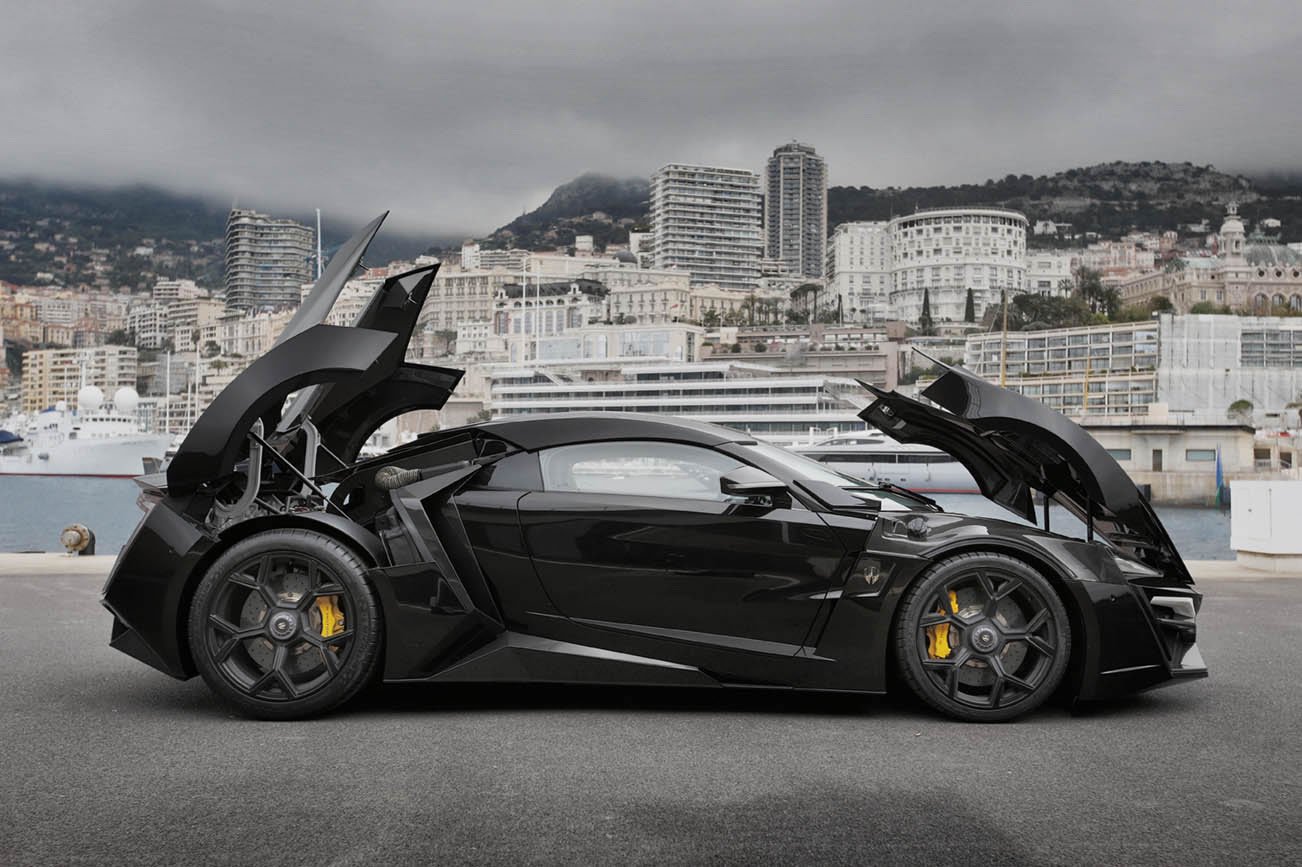
From the start, Ralph Debbas and his team set out to create something truly special with the Lykan Hypersport. Yes, it might have been the first supercar designed in the Middle East, but the car also had some pretty significant European connections. First, the car’s engine, chassis and bodywork were produced in Germany, while the assembly was carried out in Milan, Italy.
Exterior Styling
With a hand-crafted carbon-fibre body, the Lykan Hypersport takes the concept of angular styling to the extreme. The car’s styling draws its inspiration from the Arabic symbol for seven, which is “V.” It is considered a very lucky and auspicious number in the Arab world. The exterior styling is rounded off with a deployable rear spoiler and what W Motors describes as a ‘patented reverse dihedral door system.’
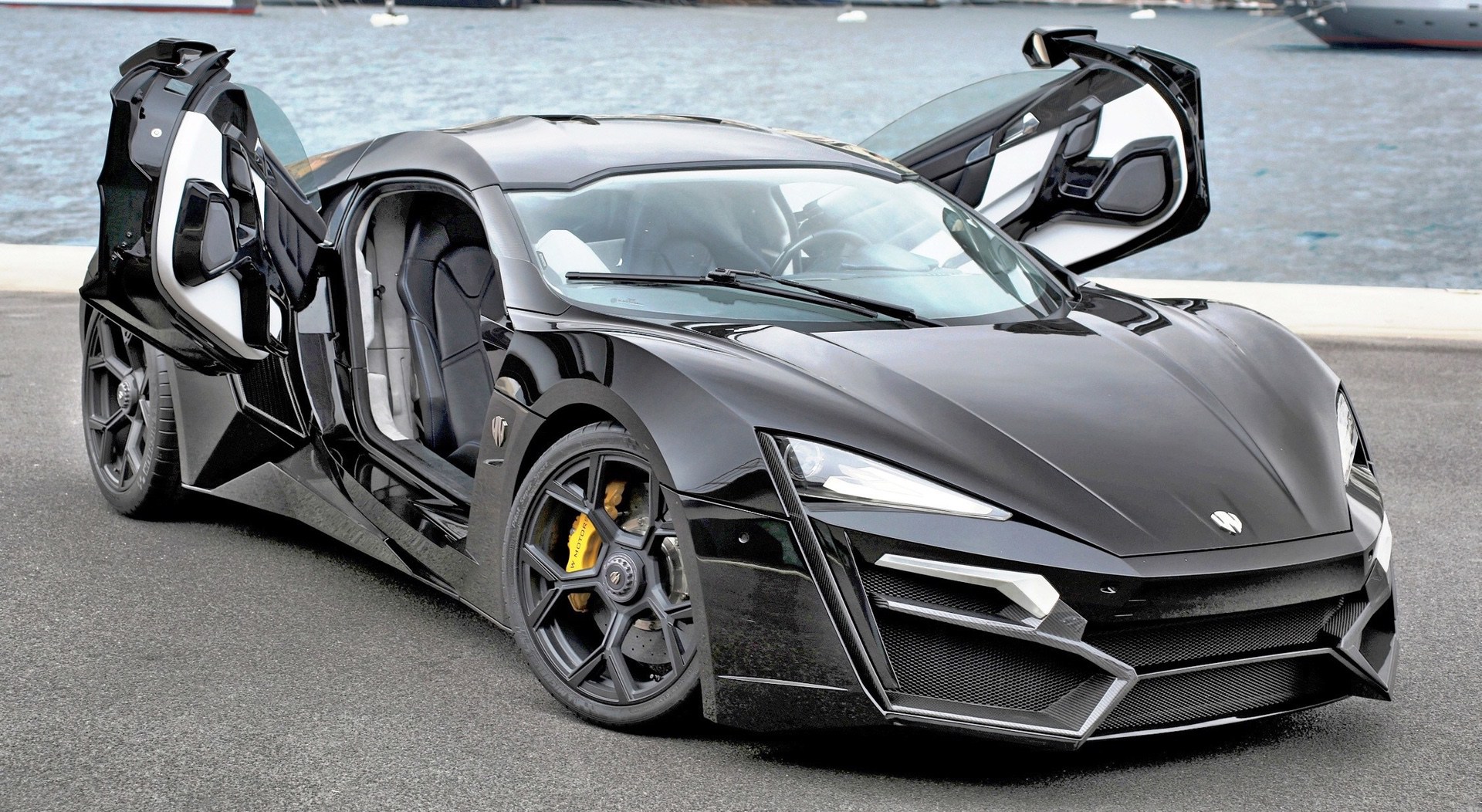
Luxury Features
Further proof of the car’s exclusivity can be found in the car’s headlamps. Believe it or not, they are designed with 440 diamonds incorporated into the LED lighting! The luxurious theme continues in the interior, where gold stitching is used for the seats. As if that’s not enough, the Lykan Hypersport features the world’s first automobile holographic mid-air display, complete with interactive motion control.
Engine Performance
Performance-wise, the Lykan is built around a 3.7-litre twin-turbocharged flat-6 engine developed by Ruf Automobile. The powerplant is reportedly good for 780 hp at 7,100 rpm and 708 lb-ft at 4,000 rpm. Ruf Automobile was also primarily responsible for the chassis and bodywork.
The engine is paired with a 6-speed manual sequential gearbox that feeds power exclusively to the rear wheels. According to W Motors, the Lykan Hypersport can accelerate to 62 mph (100 km/h) in 2.8 seconds and continue to a top speed of 245 mph (395 km/h).
The Lykan Hypersport’s Moment of Glory

Yes, the Lykan Hypersport did stir the pot with its 2013 official debut. However, it was not until 2015 that the hypercar was fully thrust into the limelight. The car took centre stage in the world-famous Fast and Furious franchise (which has previously featured famous cars like the Toyota Supra), making it the hero’s car in the seventh installment of the movie series. A particularly hairy scene shows the Lykan, piloted by Dominic Toretto (played by Vin Diesel), performing an outrageous leap from one skyscraper to the next.
W Motors built a total of 10 stunt cars for the movie, 9 of which were utterly destroyed. The last surviving unit—drivable but not street-legal—was put up for auction in May 2021. No one expected the Lykan Hypersport to repeat the movie stunts under normal driving conditions. Nonetheless, its claimed real-world performance attributes, together with other aspects of the car, have stirred up quite a bit of controversy.
The Lykan Hypersport Controversy
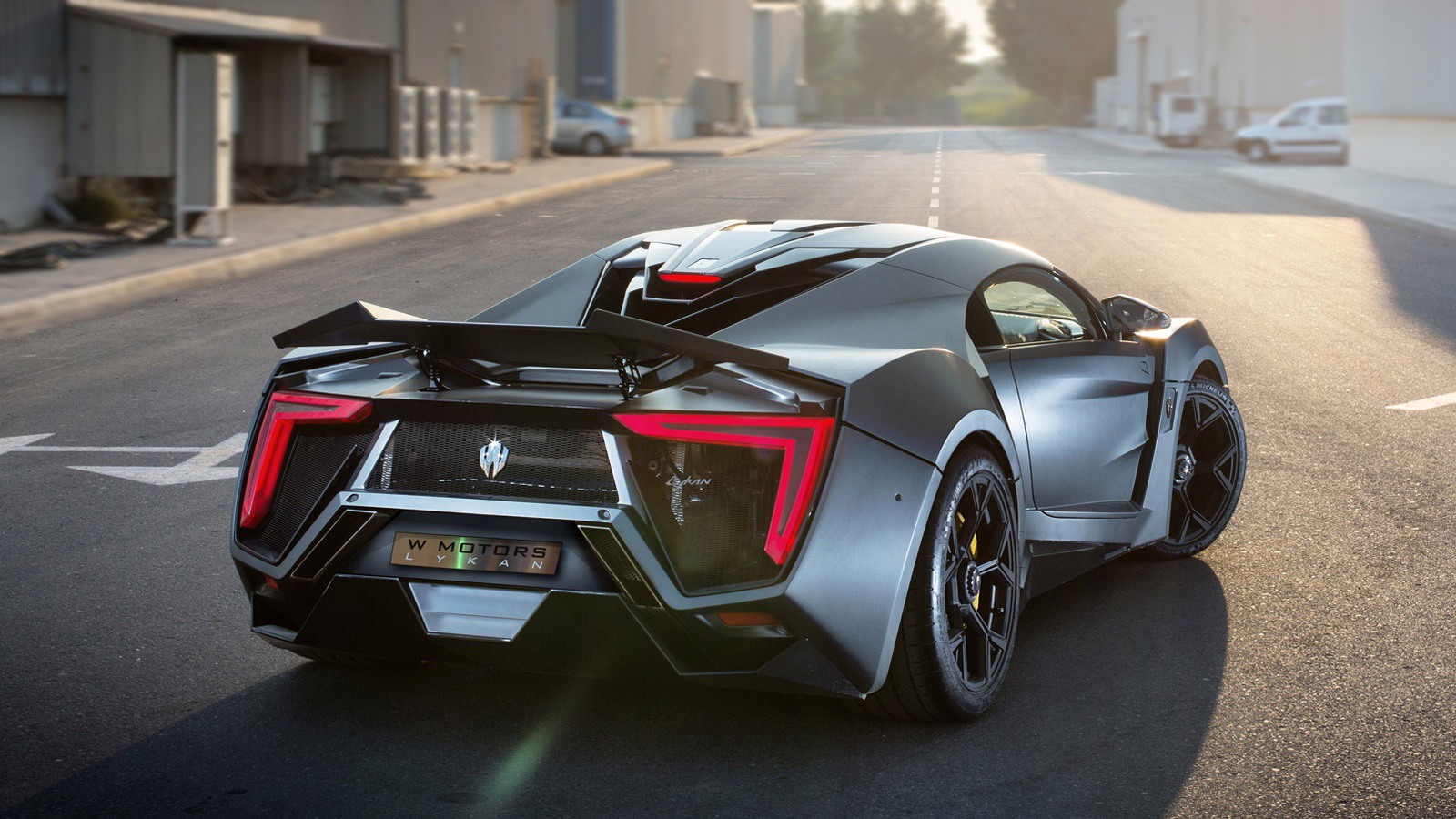
In May 2021, Nolan Sykes of the popular YouTube channel Donut Media released a video questioning W Motors’ claims about the Lykan’s performance. In it, he wondered why there had been no videos benchmarking the car’s performance with other hypercars. It has also been noted that there has been no mention of official lap times. Most of the available online videos show the Lykan Hypersport either parked up or being driven at sedate ‘Sunday cruise’ speeds—certainly nowhere near the limits of the 780-hp engine.
Concerns Over Build Quality
He was also quite critical of the build quality, especially concerning the diamond-studded headlights and interior layout. According to W Motors, only seven units of the Lykan Hypersport were built, but even that, according to Nolan, is doubtful. W Motors CEO Ralph Debbas stated that the cars would be individually numbered. However, Nolan pointed out that the same ‘Number 1’ plaque had been seen on a black and red Lykan Hypersport at different times. Was it the same car that had been repainted?
A Hot-Button Topic Online
The video predictably garnered quite a bit of attention, and as expected, most of the comments were split into two camps. Some sided with Nolan, describing the Lykan Hypersport as nothing but a rich man’s folly. Others dismissed Nolan’s questions as an ill-conceived publicity stunt. Casey Putsch, another YouTuber, even went as far as creating a 22-minute video faulting Donut Media’s claims.
So, What’s the Deal with the Lykan Hypersport?
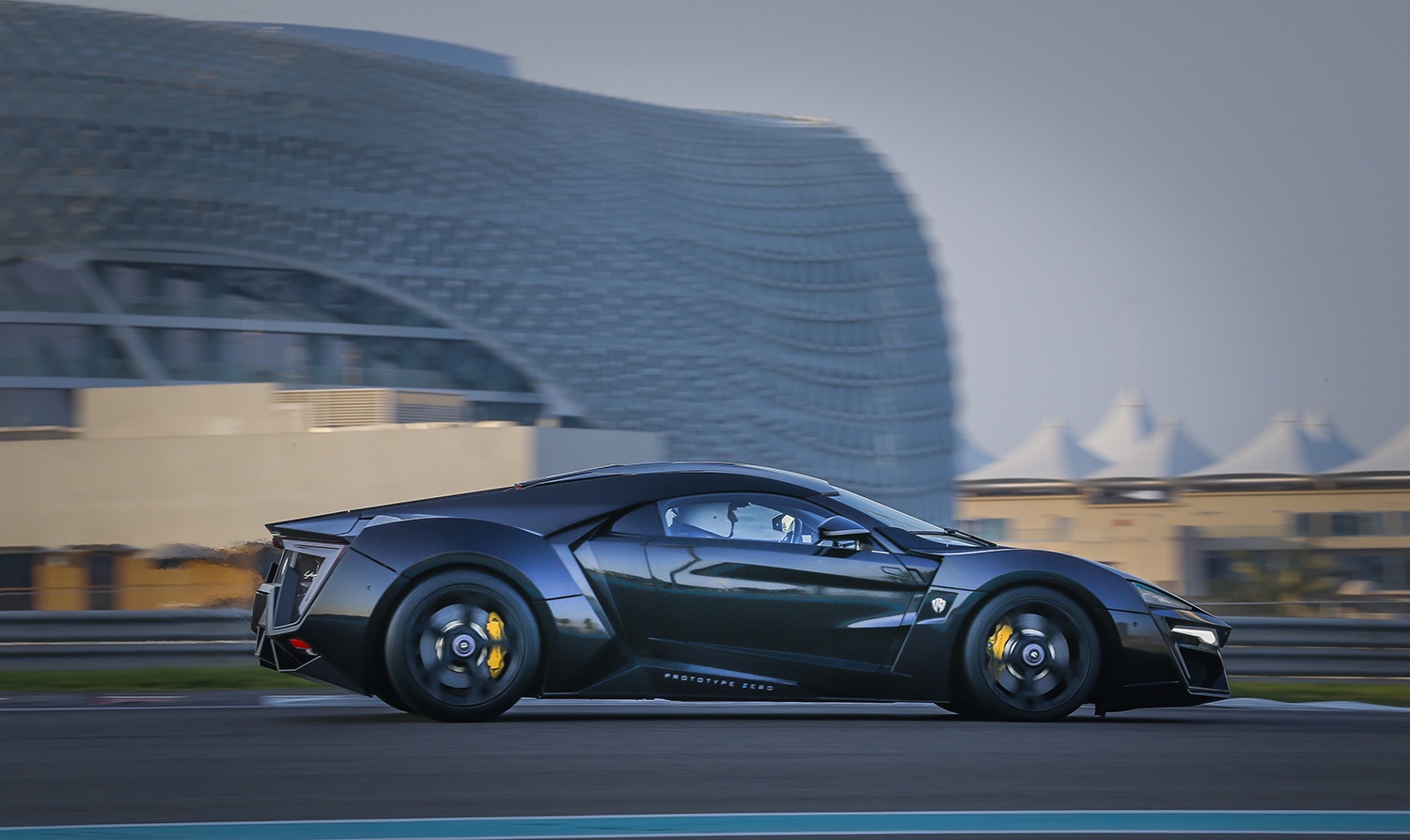
Credible Engineering
In building the Lykan Hypersport, W Motors partnered with Ruf Automobile. The German outfit, founded in 1939, is highly reputable and does know a thing or two about building high-performance automobiles. In 1987, a Ruf CTR hit 211 mph and set a world record as the fastest production car.
The Lykan Hypersport shares its mechanical underpinnings with another Ruf creation—the CTR3 supercar. Assuming that Ruf’s wealth of experience would have been applied in helping W Motors develop their hypercar is only reasonable.
That is why we will not read too much into a lack of online videos showing the Lykan Hypersport’s true performance potential. There’s also the fact that the Lykan Hypersport is extremely rare; W Motors planned to build only seven units, and even then, it is not certain if the carmaker found buyers for all the build slots.
W Motors revealed that the first unit was sold to a private Middle Eastern buyer in 2013, and in 2019, we also know that the Abu Dhabi police added a Lykan Hypersport to its fleet. However, information seems very scarce on any other Lykan Hypersports out there.
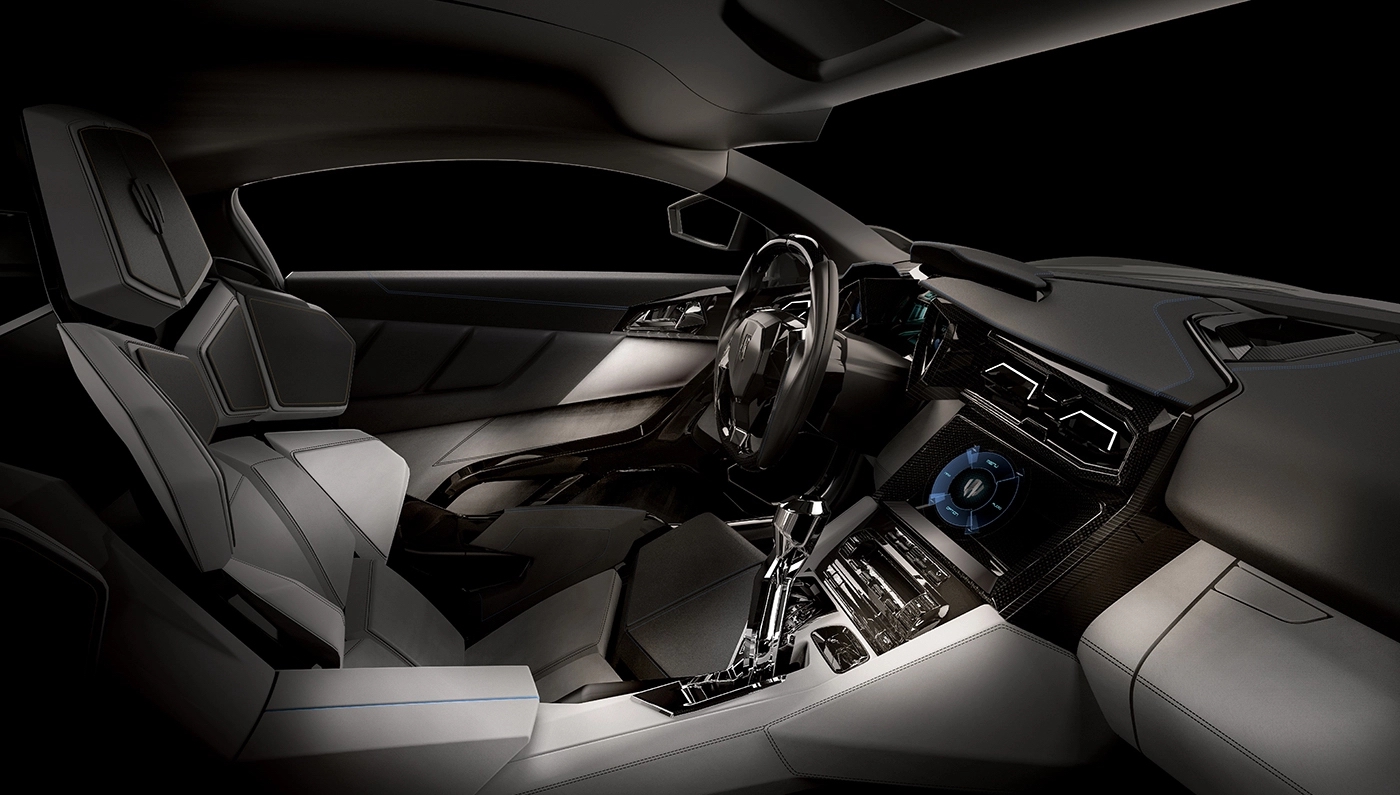
Value for Money
A $3.4 million price tag for the Lykan Hypersport does seem a bit far out, exclusive car or not. The holographic infotainment system is ‘next-level’ technology and truly impressive. However, the rest of the interior layout certainly looks below par for a car that costs north of $3 million.
W Motors could have reigned in the hypercar’s price by doing away with unnecessary add-ons like the gold stitching on the seats and diamonds in the headlights. Frankly, they rank among the Lykan’s least impressive aspects and actually harm the car’s chances of being taken seriously.
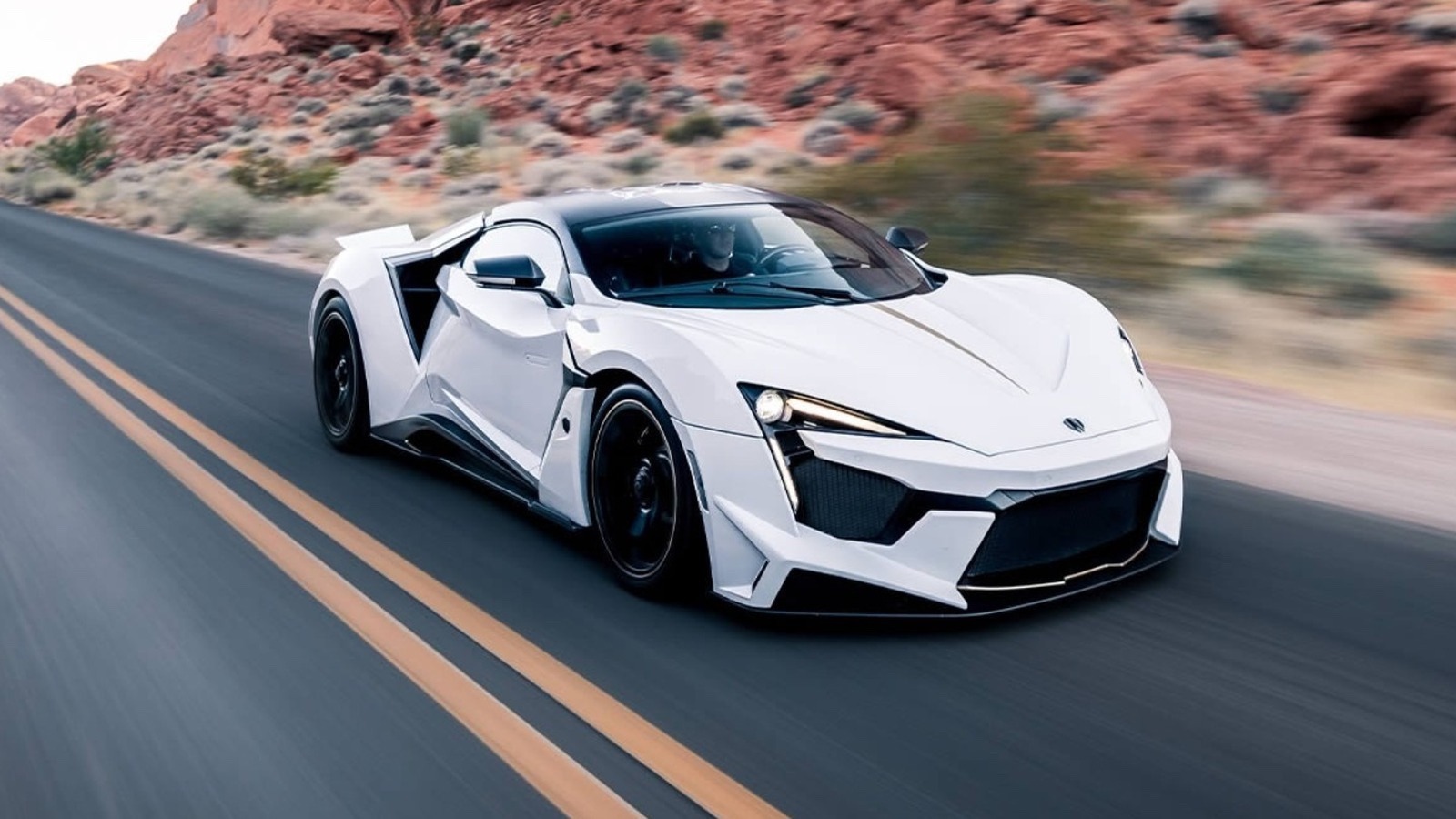
Final Thoughts on the Lykan Supersport
Overall, writing off the Lykan Hypersport as an elaborate scam would be unfair. W Motors did go all out to create something quite remarkable—a Middle Eastern hypercar that would attract attention even when parked among models from more established hypercar brands. In that sense, one can conclude that the Lykan Hypersport was indeed a success.
Also, let’s not forget that the Lykan Hypersport actually put the carmaker on the map and served as a platform for W Motors to launch other vehicles like the Fenyr Supersport and the Ghiath Smart Patrol police SUV. For that alone, it clearly deserves some credit.


